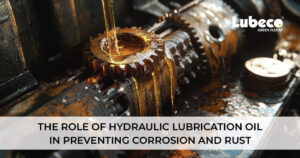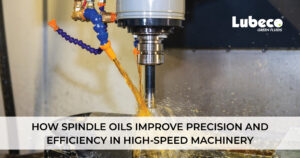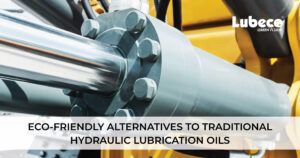Introduction
Rust is the arch-nemesis of metal surfaces, causing corrosion, weakening structures, and diminishing aesthetics. Whether you’re dealing with a prized antique or simply trying to extend the life of your outdoor tools, learning how to effectively remove rust is an essential skill. In this comprehensive guide, we will walk you through the step-by-step process of rust removal and share best practices to ensure your metal surfaces are restored to their former glory.
Step 1: Safety First:
Before embarking on any rust removal project, prioritize safety:
- Wear protective gear, including safety goggles, gloves, and a dust mask to shield yourself from potentially harmful chemicals and debris.
- Work in a well-ventilated area to avoid inhaling fumes from rust removers.
- If using power tools, be mindful of the risk of sparks and fire hazards. Keep a fire extinguisher nearby.
Step 2: Gather Your Materials
Depending on the severity of the rust and your preferences, you can choose from various methods and tools for rust removal. Common materials include:
- Wire brushes (hand or power-operated
- Sandpaper or abrasive pads
- Chemical rust removers
- Vinegar or lemon juice
- Baking soda
- Protective coatings (primer and paint)
Step 3: Assess the Rust
Determine the extent of rust on the metal surface. Light surface rust can often be removed with less aggressive methods, while heavy rust may require more intensive treatments.
Step 4: Remove Loose Rust
Start by removing loose rust using a wire brush or abrasive pad. Brush in the direction of the grain if the metal has one. This initial step helps eliminate surface rust and prepares the metal for deeper cleaning.
Step 5: Choose Your Rust Removal Method
a. Chemical Rust Removal:
- Apply a commercial rust remover or make your own by mixing equal parts vinegar and water or lemon juice and baking soda to create a paste.
- Apply the mixture to the rusted area and let it sit for at least 30 minutes, or as directed on the product label.
- Scrub the area with a brush or abrasive pad.
- Rinse thoroughly with water and dry completely.
b. Mechanical Rust Removal:
- For stubborn rust, use sandpaper or a wire brush attachment on a power drill or grinder to remove the rust. Start with coarse grit and progress to finer grits for a smooth finish.
- Remember to wear appropriate safety gear, as this method can generate dust and sparks.
- After mechanical removal, clean the surface with a damp cloth to remove any remaining particles.
Step 6: Prevent Future Rust
To safeguard your metal surface against future rust:
- Apply a rust-inhibiting primer to create a protective barrier.
- Finish with a high-quality paint or sealant designed for metal surfaces.
- Regularly inspect and maintain your metal items, especially those exposed to moisture or harsh environmental conditions.
Step 7: Proper Storage
Store your metal items in a dry, cool environment to prevent rust from returning. Consider using desiccant packs or rust-inhibiting storage solutions.
Best Practices for Rust Removal:
- PPE(Personal Protective Equipment): Always wear appropriate personal protective equipment to ensure your safety during rust removal.
- Ventilation: Work in a well-ventilated area, especially when using chemical rust removers, to avoid inhaling fumes.
- Testing: Before using any chemical rust remover, test it on a small, inconspicuous area to ensure it doesn’t damage the metal or finish.
- Patience: Rushing through rust removal can lead to incomplete results. Be patient and thorough in your approach.
- Regular Maintenance: Inspect and maintain your metal items regularly to catch and address rust early.
Conclusion
Learning how to remove rust from metal surfaces is a valuable skill that can extend the life of your belongings and maintain their appearance. By following these steps and best practices, you can effectively combat rust and restore metal surfaces to their former glory, ensuring they remain functional and visually appealing for years to come. Remember, prevention is key, so take steps to protect your metal items from rust in the first place, and you’ll save time and effort down the road.










